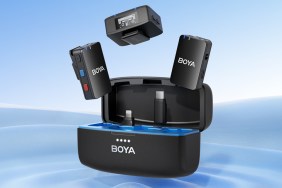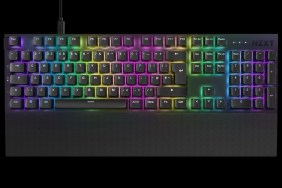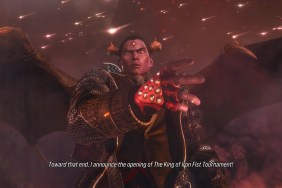The Pink Puffball as You’ve Never(?) Seen Him Before.
I’m something of an NES fanboy. My collection isn’t massive, but at roughly 260-games strong it’s large enough that I can say I’ve played my fair share. And one game that got a significant amount of that play was the second game starring everybody’s favorite hungry blob, Kirby’s Adventure, which was everything I thought an NES game should be: it was colorful and cute, felt like it actually spanned the world, had many skills that incorporated into the moveset, and came with a simple but reasonable story to boot. I loved every minute of it.
That said, Kirby: Planet Robobot for 3DS carries over many of those same traits—world-spanning feel, adorable mascot character, plenty of abilities to utilize—but it also reminds me that I’m 20 years older than I was when I first watched that NES sketch introduction. And that my own skills and preferences have changed since that blocky controller and pastel landscape (and possibly my first time playing a Satoru Iwata game, who is credited as the executive producer here), which apparently doesn’t matter. This feels so much like the original Kirby games that it may as well be running on 30-year-old hardware.
I don’t mean that in any negative way, of course. Kirby: Planet Robobot involves the amorphous blob waking up from a nap to find an evil corporation having dropped robots and buildings all over the world. In a little spoken storytelling, it’s made extremely obvious that this is a response to environmentalism. Kirby takes on the robo(bobobobo)t hordes in his traditional side-scrolling fashion to save the world and stop the rampant destruction of the world.
As always, he can vacuum in and suck down enemies, some of which include power-ups, and nearly all of those power-ups include multiple-attacking capabilities depending on whether Kirby’s in the air, running and jumping, just running, or standing still. The only ones that don’t are the ones like the traditionally-overpowered Mike, which annihilates everything onscreen.
This is a traditional Kirby game through-and-through, with six areas and a final boss to explore, each stage containing a number of Cube Codes to discover and use to unlock the final boss of each locale. If you collect all of the cubes, you can unlock a special stage. They’re easy to find overall, with only tricky ones coming near the end, so in that Kirby tradition the entire experience is on the breezy side of things. With only roughly 35 levels in the main game, it's also a fairly short experience.
Thankfully, this isn’t the only thing featured here. Gameplay is standard as well: run and jump and suck and swallow (hurr-hurr, every joke’s been made at this point) for special abilities, power Kirby up in ways that can help beat specific enemies or bosses or for just personal preference (I’d use Cutter every time ‘cuz it fits my style).
There are two new noteworthy quirks to the formula, this time around. First, every stage of the main game is designed with two different planes of view—close and distant. You can essentially jump from the foreground into the background, each with its own set of obstacles and enemies to overcome or manipulate to unlock the necessary moves to get each cube (or sticker bonus or stars or whatever). This isn’t a new formula for 3DS platformers (or platformers in general), but it’s nicely done.
The other new thing is the giant robot that can be utilized to manipulate the environment to reach new heights or prizes. Unlocked early on after defeating a mini-boss controlling it, you can take command of a robot that, like Kirby, can use special abilities absorbed from some enemies. These can allow for cutting heavy chains, lighting stuff on fire (like fuses, though not much else), or even manning a jet, which a small number of levels require. The jet portions are fun, but with only a few levels taking advantage of the capability, it feels like a short gimmick, even though it’s been part of the franchise’s history for years. It’s like some programmer suddenly remembered late in development that it had been done before, so they had to jimmy in a way to fill a few more stages.
Bosses are where the game shines, and where any inkling of challenge actually is. Similar to traditional 2D Kirby boss fights, some will take advantage of a circular environment to bounce around, spin wildly, or even dive through sections of the arena. One or two of the bosses can feel a bit cheap—one particular goddamn snake, for one—but they all have their given pattern that you can take advantage of, and some are even daggum satisfying to figure out. The final fights reminded me of the final Adventure fights with Dedede and Nightmare, only more elaborate and with varied attack range. This time there wasn’t quite that feeling of intensity or urgency like that fight on the moon with Nightmare, but it still felt right for the story told.
After the main game is unlocked, two more modes open up: “Meta Knightmare Returns”, which is a speed-based playthrough of the entire game featuring Meta Knight; and “The Arena” which challenges to go through every boss in the game in one go. “The Arena” isn’t uncommon when it comes to special modes in Kirby titles—this was something back in the original Adventure—but MKR is designed for speedrunners looking for a good challenge. The game isn’t any different, aside from some minor changes: you play as Meta Knight, you can’t collect new weapons (because it’s Meta Knight), and instead of cubes or other bonuses, you collect orbs that can unlock select special abilities, like speeding MK up for a short time or healing from absorbed damage. It can give more experienced players a bit more challenge to blow through the game again with a new character, but aside from minor differences it’s still just a repeat of the original game.
On the flipside, there are two unique experiences as well: Kirby 3D Rumble and Team Kirby Clash. The former is a series of top-down 3D levels and battles with a hi-score bent, though there are only three “levels” of stages to play, which equate to only a few minutes each. The latter is comprised of boss battles but with only select weapons, and the ability to include friends (or bots if you’re lonely). “Rumble” is an amusing little combo-chaining affair—suck in at least one enemy and clear the screen of baddies. If you can suck up, say, three enemies at once, then you can unleash a powerful shot to take enemies all out at once and accumulate a bigger score. I do wish there was more of a game wrapped around this, because as basic and short as the concept was, I would like to see what could be done with weapons and a fully 3D battlefield to explore. As is, it feels like a tacked-on proof of concept.
Meanwhile, “Clash” is interesting because it’s designed to appeal to action-RPG players, what with number/HP counts for every hit landed and the four options for weapons acting as they might in an RPG environment; for example, the hammer slowing you down significantly but doing massive damage, and the sword being quick but not nearly as powerful. Four weapons make it fun to fiddle with, but with so many other weapons available in the game it would have been better including more variety. And with only six stages and a Kirby level cap of 10 (yup, you even level up), it’s a short distraction.
As much as I hate to admit it, as solid as this entry into the Kirby franchise is, it just doesn't add anything new or interesting to the formula that’s over 20-years old already. Everything here, with the exception of the robot, everything here has been done before. Like an old teddy bear, this installment is cuddly but ultimately safe, even with “Kirby 3D Rumble” a half-chewed good idea and “Team Kirby Clash” a twenty-minute time-waster that will only be played with friends once or twice.
Though Kirby’s Adventure was super-easy, I still loved the hell out of it and I still do nostalgically. But it’s not 1993 anymore… even if sometimes I want it to be. Kirby: Planet Robobot isn't bad by any means, and it's still plenty fun, but it's akin to that song you loved in college or that book you read as a kid that changed your life. It doesn't keep quite the same appeal so many years later, as good as it still may be.
-
Still a solid Kirby game
-
“Kirby 3D Rumble” and “Team Kirby Clash” fun proofs-of-concept
-
Bosses are bright spots
-
Still very easy (it is Kirby after all)
-
Despite a graphical overhaul, everything feels recycled
Kirby: Planet Robobot screens
-
Kirby: Planet Robobot screens #1
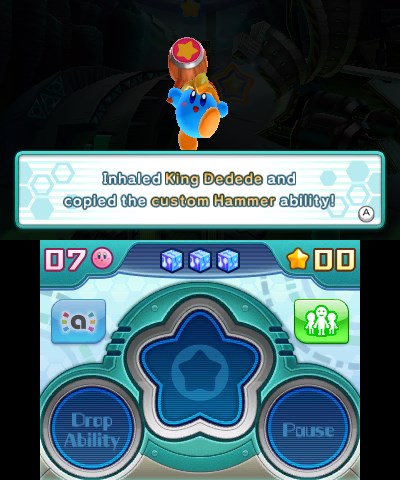 (Click to enlarge)rn
(Click to enlarge)rn -
Kirby: Planet Robobot screens #2
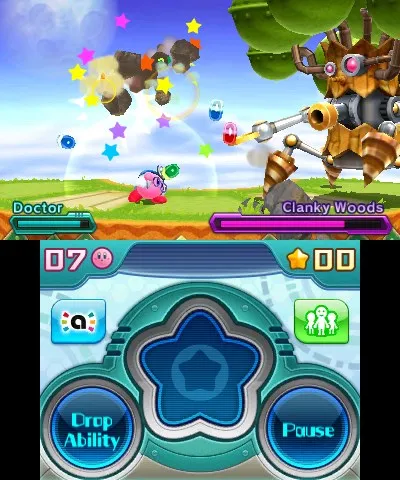 (Click to enlarge)rn
(Click to enlarge)rn -
Kirby: Planet Robobot screens #3
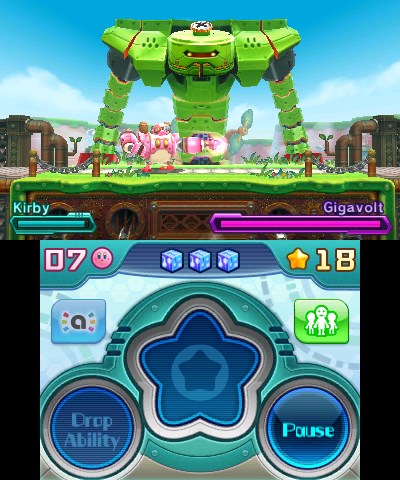 (Click to enlarge)rn
(Click to enlarge)rn -
Kirby: Planet Robobot screens #4
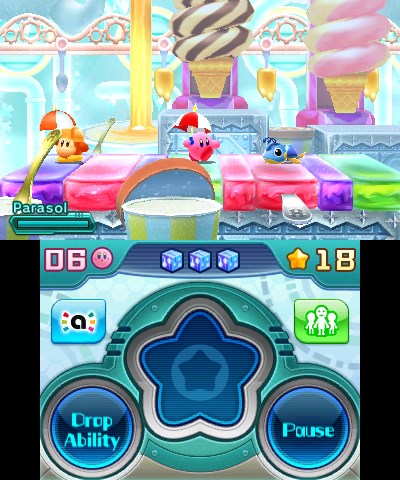 (Click to enlarge)rn
(Click to enlarge)rn -
Kirby: Planet Robobot screens #5
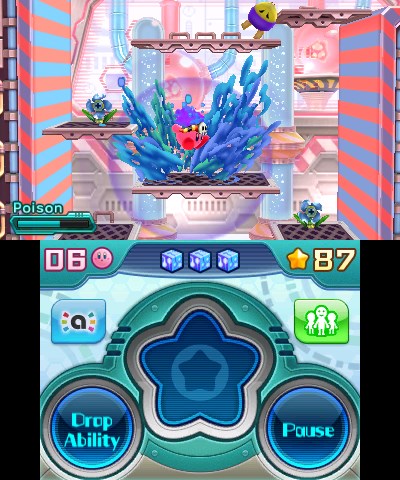 (Click to enlarge)rn
(Click to enlarge)rn -
Kirby: Planet Robobot screens #6
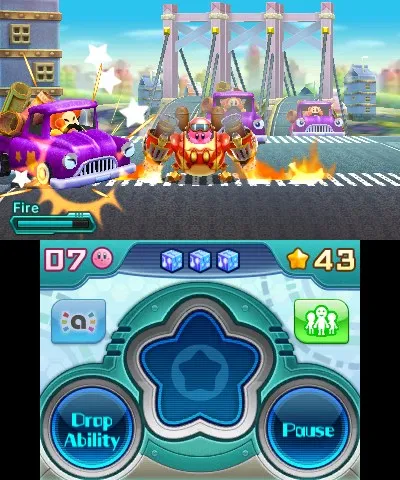 (Click to enlarge)rn
(Click to enlarge)rn -
Kirby: Planet Robobot screens #7
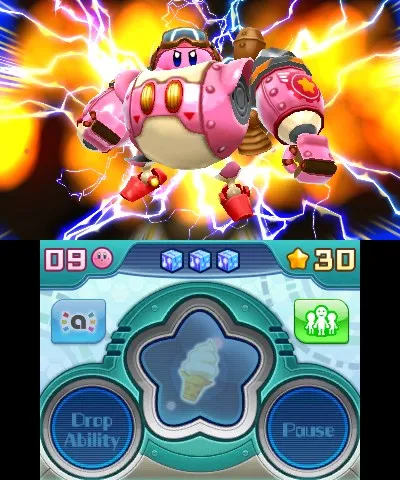 (Click to enlarge)rn
(Click to enlarge)rn -
Kirby: Planet Robobot screens #8
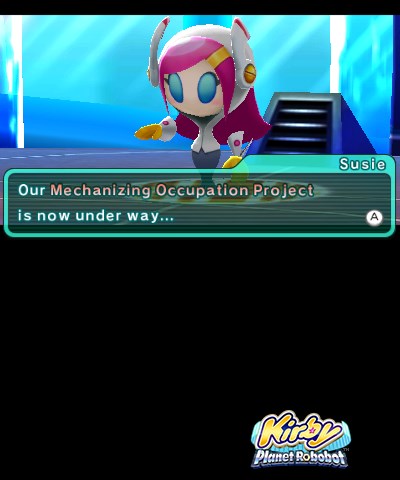 (Click to enlarge)rn
(Click to enlarge)rn








